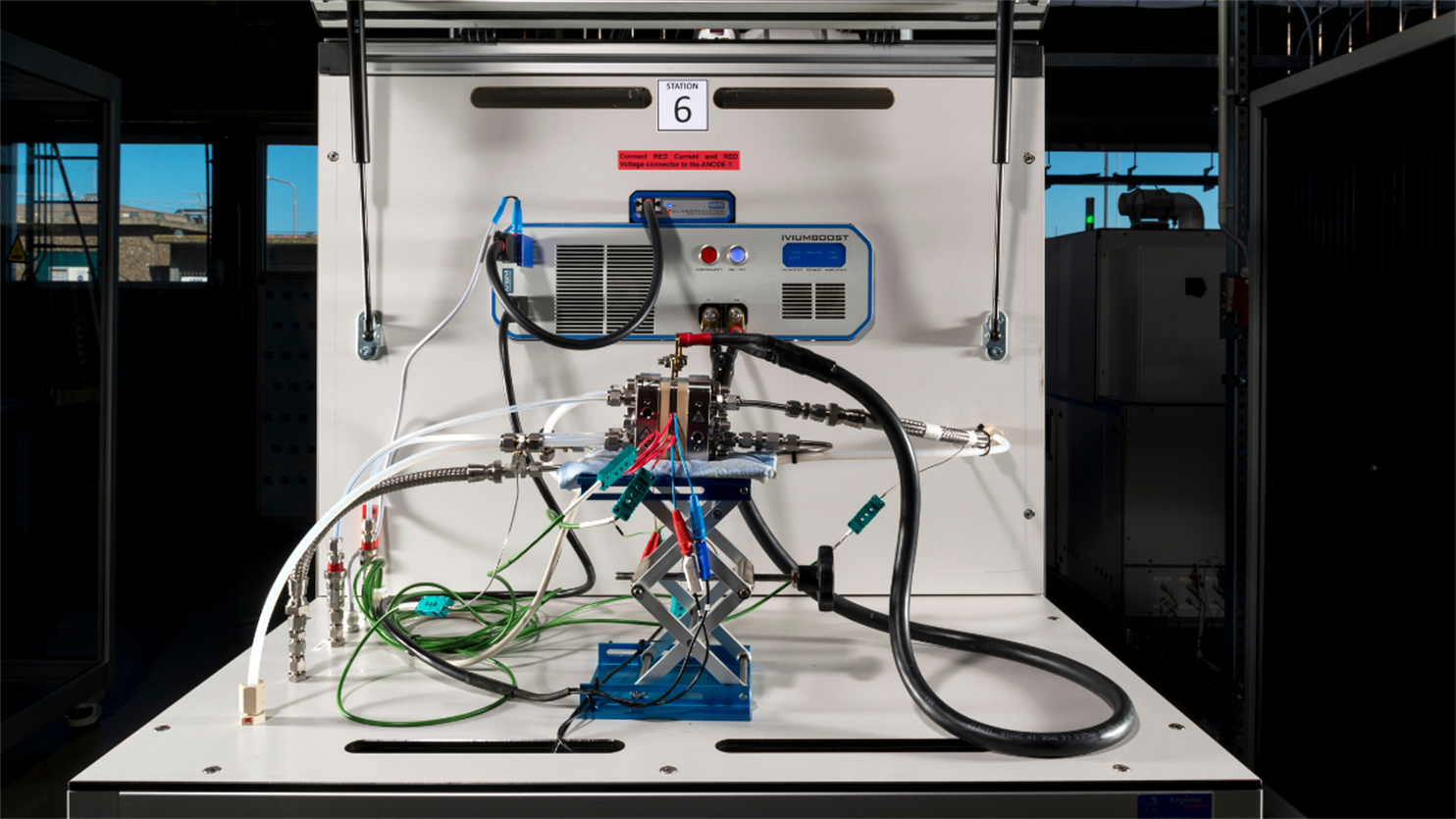The Netherlands – Researchers at TNO were the first to develop a method that produces electrolyzers that perform between 25% and 46% better than those made today while using 200 times less iridium. A patent application has been submitted for this method.
“The expected growth of green hydrogen from 300 megawatts in 2020 to tens of gigawatts in 2030 has a flipside”, explains TNO expert, Lennart van der Burg. “It implies a proportionately growing demand for the scarce iridium for the electrolysers that will need to be built. Earlier TNO research revealed that the scaling up of electrolysis could be hampered by the extremely limited availability of scarce resources, especially iridium and platinum. In ten years’ time, the demand for iridium will vastly exceed its availability. Moreover, we rely on a small group of countries for its delivery, with all the risks that implies.”
sALD technology
The Holst Center in Eindhoven collaborated with experts in electrolysis from the TNO-affiliated Faraday Lab in Petten. TNO previously developed the spatial Atomic Layer Deposition (sALD) technology, a method for depositing extraordinarily thin layers of valuable materials on sizable surface regions. This technology was intended to be used to develop the screens for the following generation of televisions, tablets, and smartphones. The study team recently expanded the technology’s use to electrolysers.
For the past two years, TNO has been utilizing the sALD technology. Researchers used an ultrathin layer of iridium as a catalyst material over a porous titanium transport layer instead of a membrane, as is customary nowadays. The novel method’s functionality and stability were confirmed after extensive lab testing. There was minimal to no degradation following the initial round of stress testing. Additionally, the absence of iridium in the electrolyser’s membrane makes recycling and reuse easier.
As part of the Voltachem program, TNO and a number of other leading industrial partners hope to take this promising technology from the lab to the real world. The technique must be built up to pilot scale in order to demonstrate that it functions in real-world situations.





